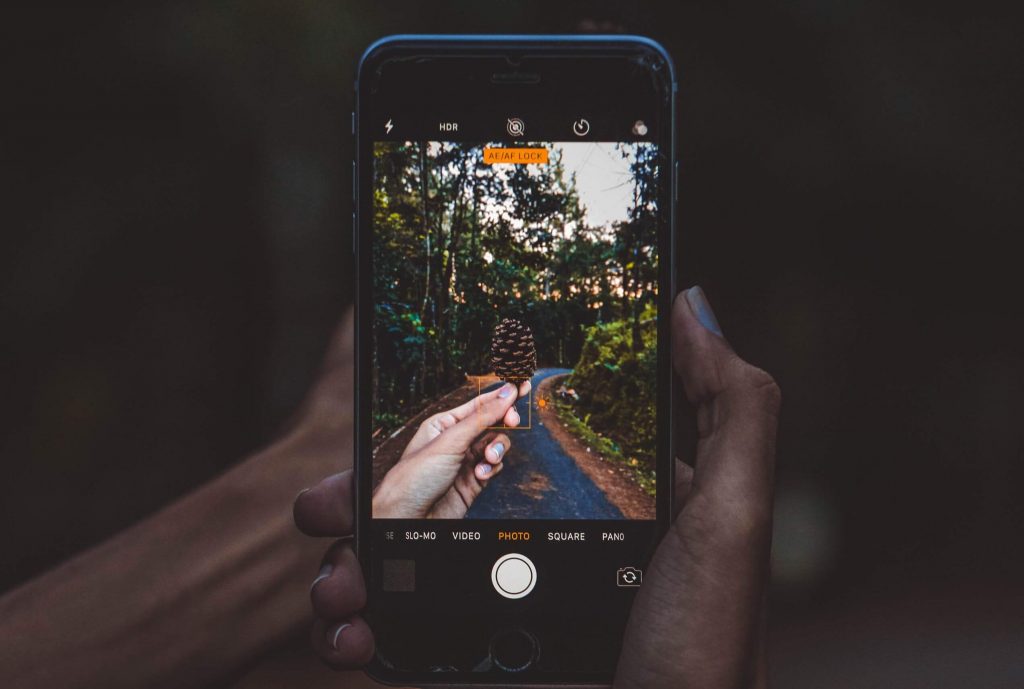In my last blog you could read about setting up a serverless microservice and in this blog I would like to also touch on something serverless. Image analysis is a complex an tedious process and requires a lot of machine learning to get right, but fortunately Amazon has a solution for this called Rekognition. It’s super easy and works by taking an image from a S3 Bucket that you already created, and putting it through their own engine with probably millions upon millions of photographs. In the next examples I will show you how to do an analyzation using Boto (Python SDK for AWS).
First off, setup your AWS credentials, you can do this with some of the steps in the previous blog here. After setting this up we will need a S3 bucket to put the images in. In my example the S3 bucket will be called “rekog-image”.
Let’s create a virtualenv and activate it and install boto3 inside of it.
# Create a folder for our test mkdir image-rekognition cd image-rekognition # Create the virtualenv virtualenv env # Activate the virtualenv source env/bin/activate # Install boto3, for the communication with AWS. pip install boto3
After the steps above, you can upload a picture to your S3 bucket and start analyzing it. I will be using the image of this dog:
Great! Let’s make the script, I will call it rekog.py, but you can name it whatever you like. The content of the file should be the following:
import boto3
client = boto3.client('rekognition')
response = client.detect_labels(
Image={
'S3Object': {
'Bucket': 'rekog-image',
'Name': 'dog.jpg',
}
},
MaxLabels=123,
MinConfidence=90
)
print(response)
For the script to work, make sure you have setup correct access rights for your user, otherwise it will not work. How to do so, check the AWS IAM user guide.
Run the script by using, this will call Rekognition:
python rekog.py
This will give you a response with the labels that are found within the image (in my case it will even give me that it’s a Beagle! The cool thing is also that you can detect faces, to do this, upload an image with a face to S3, and change the contents of your script to the following:
import boto3
client = boto3.client('rekognition')
response = client.detect_faces(
Image={
'S3Object': {
'Bucket': 'rekog-image',
'Name': '',
}
},
Attributes=[
'ALL',
]
)
print(response)
This way you will get back the coördinates for the landmarks, and even an age-range of the person in the picture.
I hope that this will bring you further when you are looking for simple image analysis! If you have any questions regarding the blog post, please contact me in the comments below or on amer@livebyt.es.
Have you checked out the Bits vs Bytes podcast yet? Click here to listen to it.

